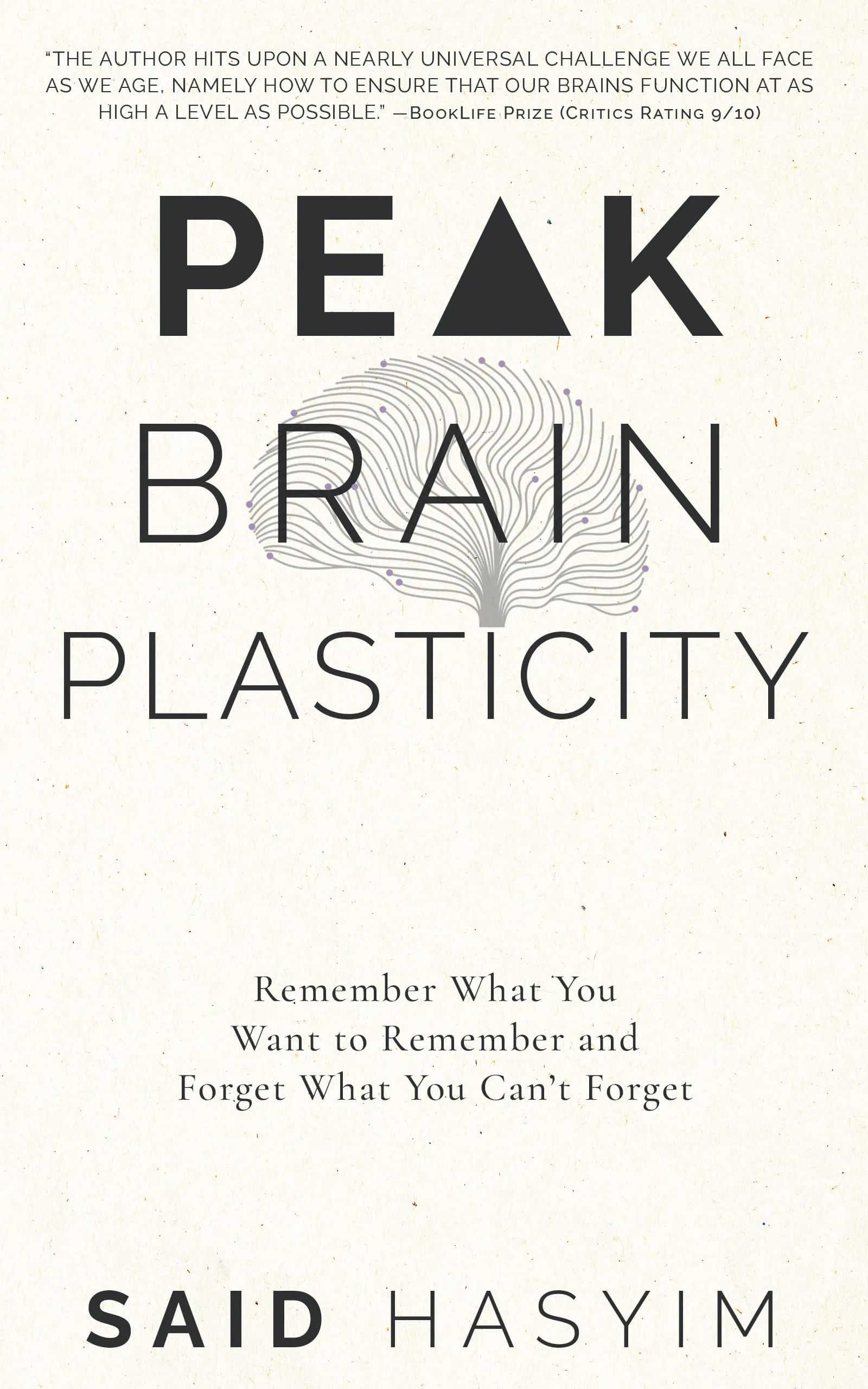How Neuroplasticity Can Enhance Your Learning Experience
Learning is a lifelong journey filled with challenges, discoveries, and growth. While traditional educational methods have largely focused on specific techniques and standards, recent advancements in neuroscience have shed light on a fascinating process known as neuroplasticity. This incredible ability of the brain allows us to adapt, learn, and evolve. In this blog post, we’ll explore the concept of neuroplasticity and how it can enhance your learning experience.
What is Neuroplasticity?
Neuroplasticity refers to the brain’s ability to reorganize itself by forming new neural connections throughout life. It enables the brain to adjust its activities in response to new circumstances, learning experiences, or injury. This flexibility is crucial not only for recovery from trauma but also for efficient learning and retention of information.
Types of Neuroplasticity
Structural Plasticity: This involves the physical changes in the brain structure, which can be influenced by learning and experience. For instance, activities such as learning a new instrument or language can increase the density of specific areas in the brain.
Functional Plasticity: This refers to the brain's ability to move functions from damaged areas to undamaged areas. It’s particularly relevant in rehabilitation settings but can also be utilized in learning, as it shows how adaptable our cognitive functions are.
How Neuroplasticity Affects Learning
Understanding neuroplasticity can significantly impact how we approach learning. Here are several ways it enhances the learning experience:
1. Embracing Failures as Learning Opportunities
One of the hallmarks of neuroplasticity is that the brain learns from mistakes. When we fail at something, instead of viewing it as a setback, we should consider it an opportunity for growth. Each mistake provides valuable feedback, helps reinforce the neural pathways associated with the correct response, and ultimately enhances memory retention. Embracing this mindset empowers us to persevere through challenges.
2. The Power of Repetition
Repetition is key to strengthening the neural pathways in our brains. When we practice a skill multiple times, our brains create stronger connections, making it easier to recall information or perform a task in the future. Incorporating spaced repetition—reviewing material over increasing intervals—can ensure that knowledge is not just temporarily memorized but rather embedded in our long-term memory.
3. Engaging Emotions in Learning
Emotional engagement has a profound effect on learning. When we are emotionally invested in what we are learning, our brains create stronger connections. This is why stories often resonate more than lists of facts. By incorporating emotional elements—whether through storytelling, personal experiences, or discussions that trigger emotion—learning becomes more impactful and memorable.
4. Multi-Sensory Learning Techniques
Neuroplasticity emphasizes the importance of variety in how we learn. Engaging multiple senses can create richer neural connections, making it easier to recall information. Techniques like using visuals, sounds, and kinesthetic activities can stimulate different parts of the brain, reinforcing the material learned. Experimenting with multi-sensory approaches can lead to a more profound comprehension of subjects.
5. Mindfulness and Neuroplasticity
Mindfulness practices, such as meditation, have been shown to bring about significant changes in brain structure and function. Regular mindfulness meditation can increase gray matter density in areas related to memory, emotional regulation, and executive functions. By incorporating mindfulness techniques into your learning routine, you can improve focus, reduce stress, and enhance cognitive flexibility. This sets the stage for more effective learning experiences.
Real-Life Applications of Neuroplasticity in Learning
Here are a few practical strategies to leverage neuroplasticity in your learning:
1. Set Specific, Achievable Goals
Setting clear objectives can help your brain focus on areas that need improvement. Break larger goals into smaller, manageable tasks. This targeted approach allows for incremental learning and helps form stronger neural connections.
2. Use Analogies and Connections
Linking new information to what you already know can enhance learning. Analogies help establish familiar connections and make the learning experience much more relatable and comprehensible.
3. Stay Curious and Experiment
Curiosity is a powerful tool for learning. When you approach a subject with a desire to explore, your brain is more likely to make new connections and find innovative ways to understand complex concepts. Don’t shy away from experimenting with different learning methods or subjects outside your comfort zone.
4. Foster a Growth Mindset
Adopting a growth mindset—the belief that abilities can be developed—is fundamental for enhancing neuroplasticity. This mindset encourages resilience, promotes the embrace of challenges, and fosters a love for learning. Recognizing that intelligence and skills are not fixed can inspire you to push boundaries in your own learning journey.
5. Prioritize Sleep and Nutrition
Neuroplasticity thrives in an optimal environment. Quality sleep facilitates the consolidation of memory and learning, and balanced nutrition supports cognitive function. Prioritizing these aspects enriches your brain’s capacity to absorb and retain information.
Conclusion
Embracing the principles of neuroplasticity can revolutionize how we approach learning. By understanding and applying these ideas, we can cultivate a mindset that not only acknowledges learning as a continuous journey but actively seeks to enhance and optimize it. Whether through embracing challenge, fostering emotional engagement, or employing diverse techniques, the possibilities for improvement are endless.
Remember, the brain is a dynamic and evolving organ. With every new piece of information or experience, you have the potential to reshape your understanding and expand your capabilities. Embrace neuroplasticity, and unlock your learning potential today!
Harness the Power of Neuroplasticity
Discover Peak Brain Plasticity, a practical book to harnessing neuroplasticity. Enhance your memory, learn new languages quickly, and alleviate anxiety with effective study methods. Uncover daily habits that impact cognitive health and explore techniques for accelerated learning and memory retention. Unlock your brain's potential for growth and transformation.
